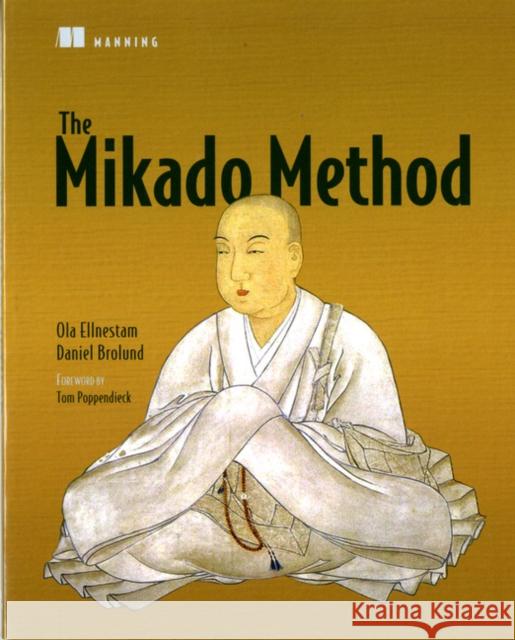The Mikado Method » książka
The Mikado Method
ISBN-13: 9781617291210 / Angielski / Miękka / 2014 / 240 str.
Summary
"The Mikado Method" is a book written by the creators of this process. It describes a pragmatic, straightforward, and empirical method to plan and perform non-trivial technical improvements on an existing software system. The method has simple rules, but the applicability is vast. As you read, you'll practice a step-by-step system for identifying the scope and nature of your technical debt, mapping the key dependencies, and determining the safest way to approach the "Mikado" your goal.
About the Technology
The game "pick-up sticks" is a good metaphor for the Mikado Method. You eliminate "technical debt" the legacy problems embedded in nearly every software system by following a set of easy-to-implement rules. You carefully extract each intertwined dependency until you expose the central issue, without collapsing the project.
About the Book
"The Mikado Method" presents a pragmatic process to plan and perform nontrivial technical improvements on an existing software system. The book helps you practice a step-by-step system for identifying the scope and nature of your technical debt, mapping the key dependencies, and determining a safe way to approach the "Mikado" your goal. A natural by-product of this process is the Mikado Graph, a roadmap that reflects deep understanding of how your system works. This book builds on agile processes such as refactoring, TDD, and rapid feedback. It requires no special hardware or software and can be practiced by both small and large teams.
Purchase of the print book includes a free eBook in PDF, Kindle, and ePub formats from Manning Publications.
What's InsideUnderstand your technical debtSurface the dependencies in legacy systemsIsolate and resolve core concerns while creating minimal disruptionCreate a roadmap for your changes
About the Authors
Ola Ellnestam and Daniel Brolund are developers, coaches, and team leaders. They developed the Mikado Method in response to years of experience resolving technical debt in complex legacy systems.
Table of ContentsPART 1 THE BASICS OF THE MIKADO METHODMeet the Mikado MethodHello, Mikado Method Goals, graphs, and guidelinesOrganizing your workPART 2 PRINCIPLES AND PATTERNS FOR IMPROVING SOFTWARE Breaking up a monolith Emergent designCommon restructuring patterns"












